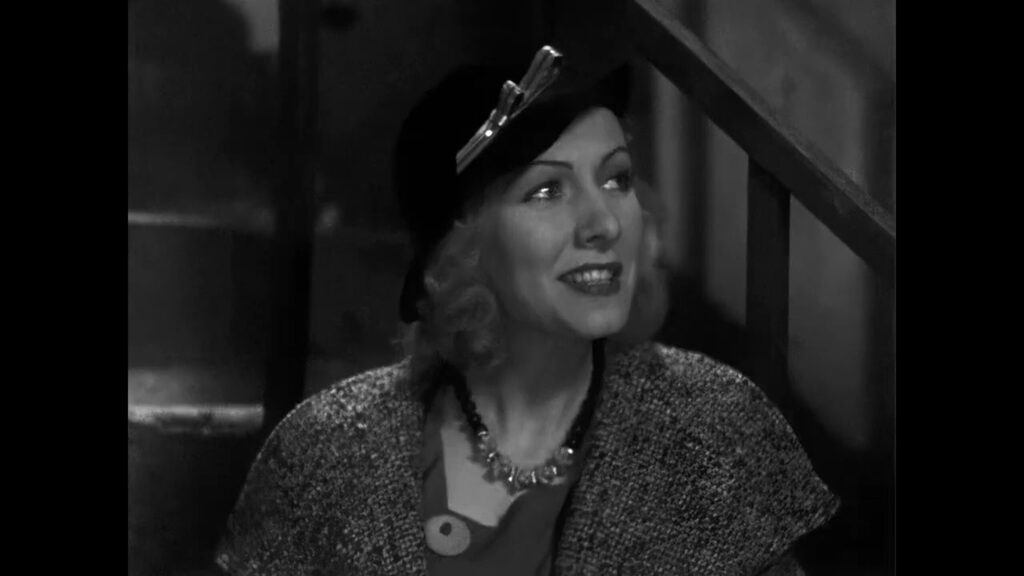Starring: Wallace Beery, Ricardo Cortez, Karen Morley
Written by: Edmund Goulding (story), Leonard Praskins, Edgar Allan Woolf, Moss Hart, William Faulkner
Directed by: John Ford
John Ford’s stature as one of the most acclaimed and influential Hollywood directors of all time is cemented by the greats that pay tribute to him as their favorite director (Orson Welles and Sergio Leone among many others) and his record four Best Director Oscar wins. Before producing such seminal works as Stagecoach and My Darling Clementine he released Flesh, one of the few studio films of the time to venture into the world of pro wrestling.
The story follows Polakai (Wallace Beery, Robin Hood – 1922 version), a waiter-turned-wrestler who discovers his wife Laura (Karen Morley, Pride and Prejudice, 1940), an ex-con still in love with her old partner-in-crime Nicky (Ricardo Cortez, The Maltese Falcon, 1931), is steering him into a crooked scheme to make money in the wrestling business using Polakai as the flunky. Polakai wises up to everything, including the adulterous intentions of his wife, and takes it out on Nicky just as Laura is coming to realize she truly loves her husband after all. The love triangle mixed with devious conspiracy creates an environment in which pro wrestling is, and seems to have always been, a perfect backdrop.
Ford films were never known for their strong female leads, which makes Flesh an anomaly in his body of work. Morley’s Laura is the key person in the film. Yet its theme is similar to other Ford movies, wrote J.A. Place in The Non-Western Films of John Ford. “Like so many of Ford’s later films, Flesh is subtly subversive in that it challenges attitudes and themes that its audiences are accustomed to seeing,” Place wrote.
“It wasn’t exactly Ford material,” explained Scott Eyman in Print The Legend: The Life and Times of John Ford, surmising that Ford took the film as a “work-study project, to see what the environment at MGM was like.”
“Everyone in the film labors under the unconvincing burden of a German accent except Morley, and Ford is able to do little more than avoid the traditional high-glass Metro lighting and lend Flesh some of his echt UFA expressionism,” wrote Eyman.
Ronald Bergan of Sports In The Movies believed that Ford was influenced by the German expressionist cinema and the films of Emil Jannings, but offers only faint praise of the film. “Most of it is mechanical and melodramatic,” he wrote, adding at the end that the “wrestling bouts are fairly vivid.”
Credit for the bouts themselves go to Count Rossi, who wrote about his experiences as the wrestling ‘director’ on the film in his autobiography, The Truth About Wrestling (1945). He was invited by MGM to help get Wallace Beery in shape.
“For three months I did nothing but show Wallace Beery wrestling holds and teach him to wrestle. Then they started working on the picture. John Ford was the director. My job was to see that the wrestling scenes were done correctly, if not to holler ‘cut.’ That made me nervous, for I didn’t know anything about moving pictures. I was afraid I would stop the cameras at the wrong time,” Rossi wrote. “But Mr. Ford told me that they could always correct them, if a mistake was made, and not to be afraid to stop the picture if I didn’t think it was done right.”
A couple of other tidbits: Look for former U.S. Olympic wrestler Nat Pendleton in the flick. Pendleton would go on to many other better-known roles, including Swing Your Lady with Humphrey Bogart. … Flesh is also the title of the film that the title character in the Coen Brothers’ Barton Fink is working on.
– with files from Greg Oliver

